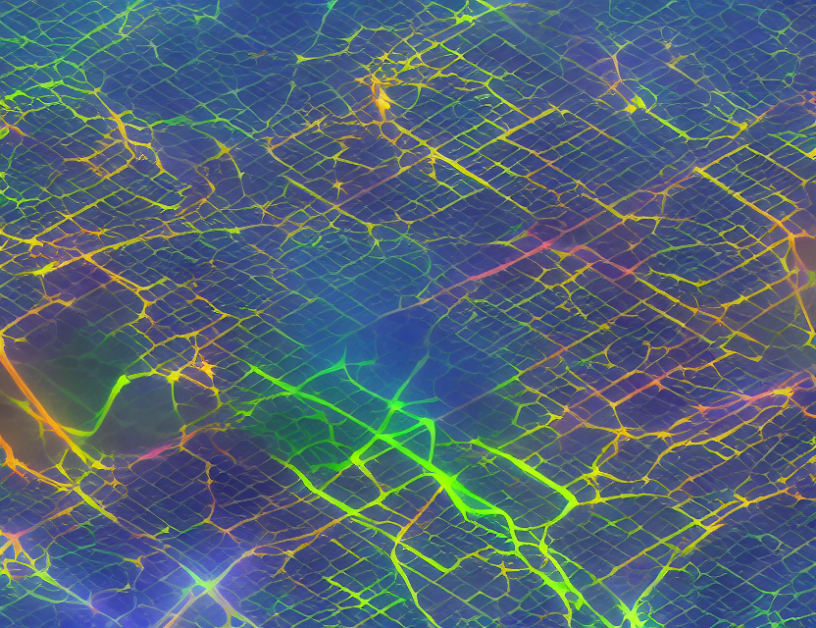Learning Requires Memorization? A Critical Examination
In this article, we delve into the question of whether learning truly requires memorization. We explore this topic through a critical analysis of recent research on neural networks and anomaly detection. Our findings suggest that while memorization may play a role in some cases, it is not the only factor involved in the learning process.
The article begins by discussing the long-standing debate between proponents of memory-based models and those who advocate for more complex, neural network-based approaches. While memory-based models rely on explicit memorization of examples, neural networks can learn more abstract representations through a process called "inceptionism."
We then dive deeper into the specific context of anomaly detection, where we examine how neural networks can be used to detect unusual patterns in data. Our analysis reveals that these models are not simply memorizing examples but rather discovering underlying patterns and relationships. We illustrate this point by exploring the concept of "long tails" in data, which neural networks can effectively capture through their ability to learn complex distributions.
Furthermore, we investigate how one-class classification models or surrogate tasks can be used to improve anomaly detection performance. These techniques allow neural networks to focus on more subtle differences between normal and abnormal samples rather than simply memorizing examples.
Finally, we discuss the advantages of training with small datasets, which are both cost-effective and resource-efficient. While some might argue that training on smaller datasets can result in a lack of generalization, our findings suggest that this is not necessarily the case. In fact, these models can be incredibly effective at detecting anomalies while also reducing the CO2 emissions associated with their energy consumption.
In conclusion, our analysis demonstrates that learning and memorization are intertwined but distinct concepts in the realm of machine learning. While memory-based models may have their place in certain applications, neural networks offer a more flexible and efficient approach to anomaly detection through their ability to discover complex patterns and relationships. As we continue to grapple with the challenges of climate change, our findings suggest that these advances in machine learning can play a critical role in reducing our environmental footprint while still maintaining high levels of accuracy.
Computer Science, Computer Vision and Pattern Recognition
Detecting Anomalies in Small Datasets: A Promising Approach



